 Case Report
Case Report
Temperature Variation on Concrete Structures- A Case Study
Corneliu BOB, Polytechnic University of Timisoara, Romania.
Received Date: January 04, 2021; Published Date: January 25, 2021
Introduction
During steaming of wood log a complex stress and strain state appear in the RC basins. The effect of this state on the behavior of the basins is presented (Figure 1) [1]. The basin structure elements were designed by taking into account the classical analysis which is characterized by next actions: permanent loads, the temperature action due to the difference between interior of basins (80-90°C) and the outdoors temperature (20°C), the earth pressure and wood log pressure. The different temperature action between the RC basin walls and the RC foundation was not taken into account (Figure 1).
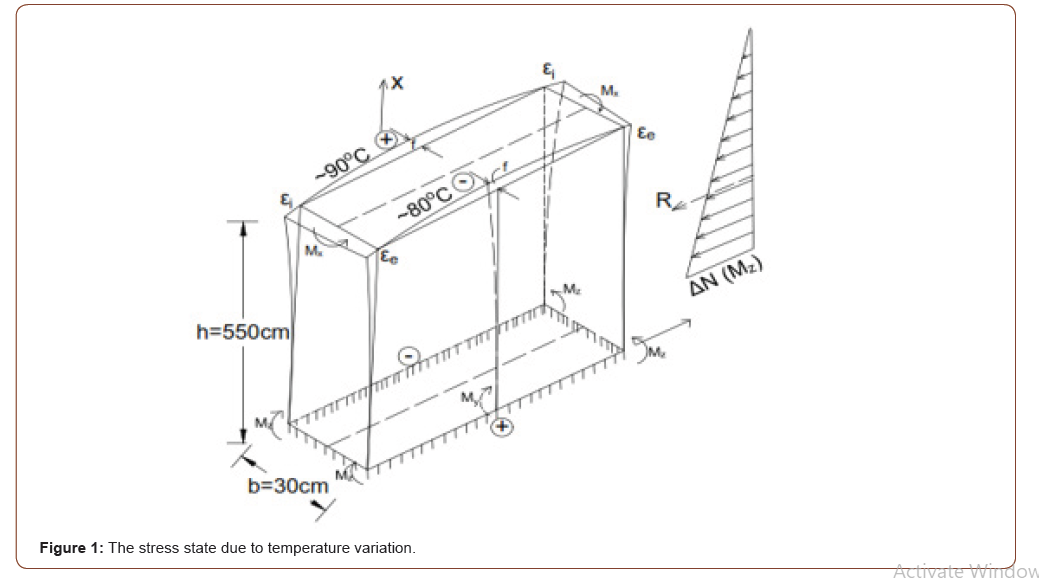
The Deformations due to Temperature Variation
It was calculated function of temperature on basin walls by using of well know procedure [2].
The temperature on the basin walls


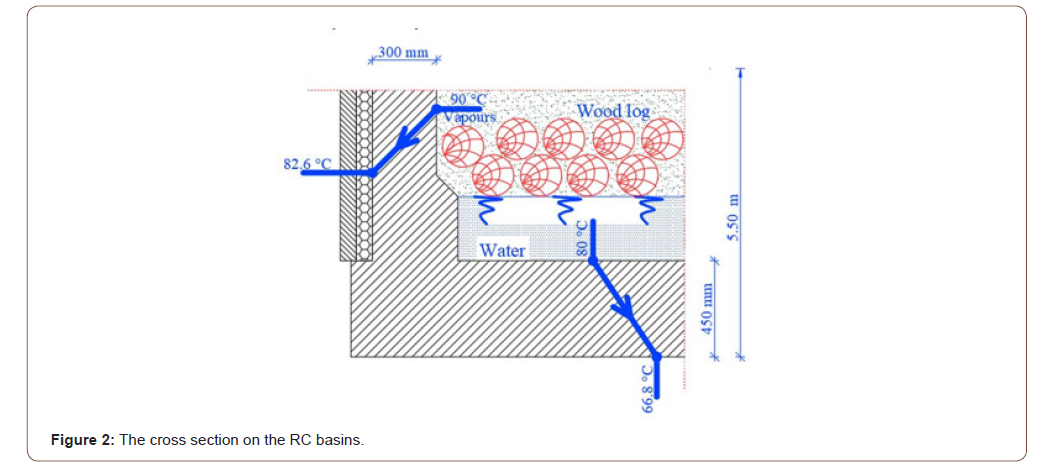

Stress state from differential strain
The stress state due to different temperature of interior and outdoor of the wall is illustrated in Figure 3 (Figure 3).

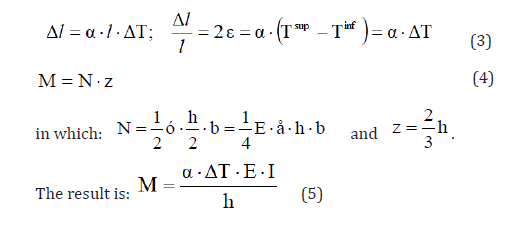
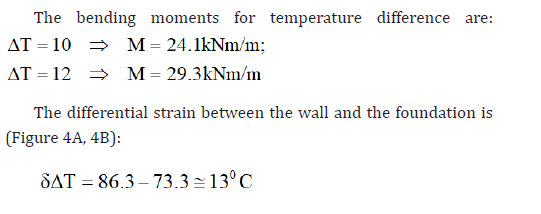


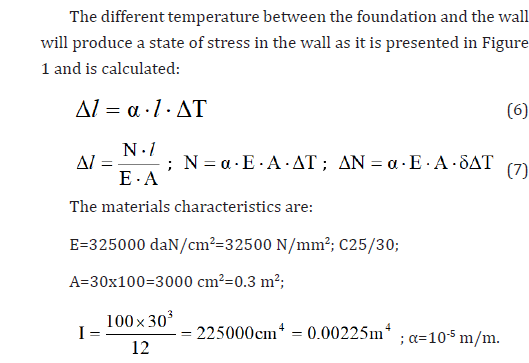
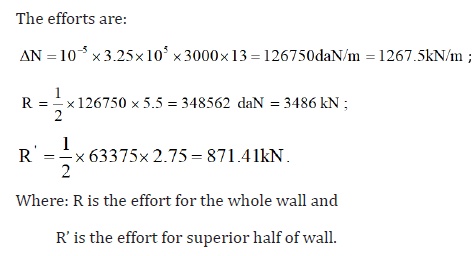
Critical axial force of the wall
The critical axial force of a wall, according to Timoshenko- Gere, is calculated and compared with the effort from differential deformation between the wall and the foundation [3] (Figure 5).


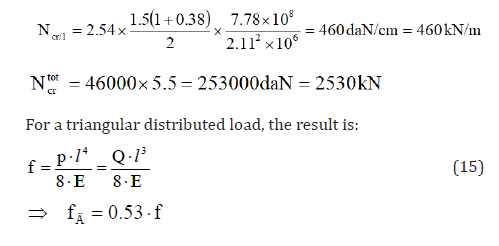
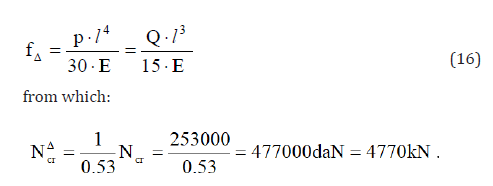
The check of detailing and wall reinforcement
The temperature differences on the two sides of the wall

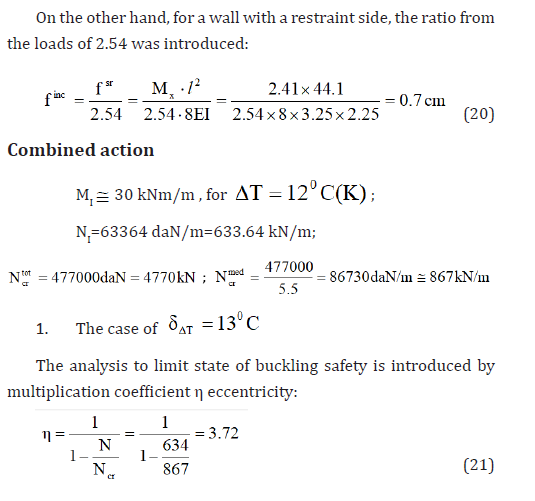
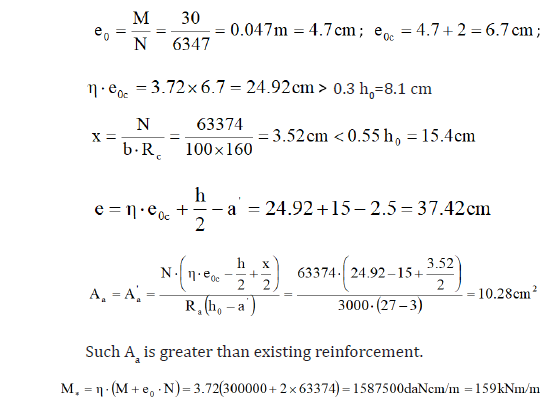
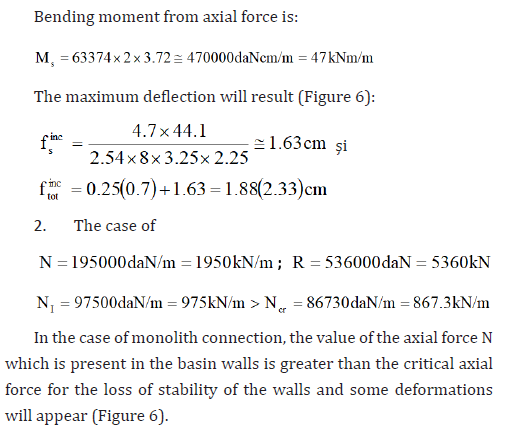

Conclusion
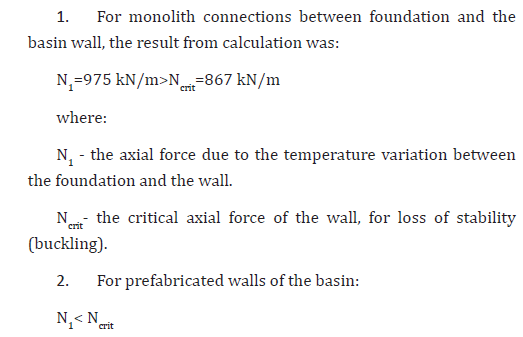
Acknowledgement
The investigations presented here are part of the research project of the “Building Construction Research Institute- Timisoara Branch” (INCERC).
Disclosure Statement
No potential conflict of interest was reported by the author.
References
- Bob C (2003) The deterioration causes of the basin structure elements from a wood log steaming complex (in Romanian), Timisoara, Ed. Mirton.
- Romanian Norms C 107-2005 and EN ISO 13789: Thermal performance of buildings-Transmission heat loss coefficient –calculation method.
- Timoshenko SP, Gere JM (1962) Theory of Elastic Stability. Second Edition Amazon.com.
- SR EN 1992-1-1:2004/AC: Eurocode 2 – Design of Concrete Structures–Part 1-1: General rules and rules for buildings.
-
Corneliu BOB. Temperature Variation on Concrete Structures- A Case Study. Cur Trends Civil & Struct Eng. 6(5): 2021. CTCSE.MS.ID.000648.
-
Structure elements, RC basin walls, Reinforcement, Bending moment, Axial force, RC foundation, Stress, Strain
-

This work is licensed under a Creative Commons Attribution-NonCommercial 4.0 International License.






